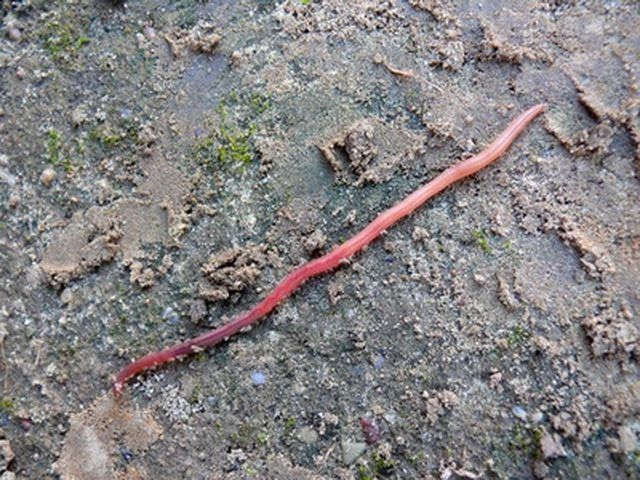Bulbs
Flower Basics
Flower Beds & Specialty Gardens
Flower Garden
Garden Furniture
Garden Gnomes
Garden Seeds
Garden Sheds
Garden Statues
Garden Tools & Supplies
Gardening Basics
Green & Organic
Groundcovers & Vines
Growing Annuals
Growing Basil
Growing Beans
Growing Berries
Growing Blueberries
Growing Cactus
Growing Corn
Growing Cotton
Growing Edibles
Growing Flowers
Growing Garlic
Growing Grapes
Growing Grass
Growing Herbs
Growing Jasmine
Growing Mint
Growing Mushrooms
Orchids
Growing Peanuts
Growing Perennials
Growing Plants
Growing Rosemary
Growing Roses
Growing Strawberries
Growing Sunflowers
Growing Thyme
Growing Tomatoes
Growing Tulips
Growing Vegetables
Herb Basics
Herb Garden
Indoor Growing
Landscaping Basics
Landscaping Patios
Landscaping Plants
Landscaping Shrubs
Landscaping Trees
Landscaping Walks & Pathways
Lawn Basics
Lawn Maintenance
Lawn Mowers
Lawn Ornaments
Lawn Planting
Lawn Tools
Outdoor Growing
Overall Landscape Planning
Pests, Weeds & Problems
Plant Basics
Rock Garden
Rose Garden
Shrubs
Soil
Specialty Gardens
Trees
Vegetable Garden
Yard Maintenance
Why Are Earthworms Good for Soil?
Why Are Earthworms Good for Soil?. The wiggly, slimy underground invertebrates known as earthworms move through the ground, recycling dead and decomposing organic material back into soil, redistributing nutrients and improving water drainage. More than 7,000 species of earthworms live in soils around the world, ranging in size from 1 inch in length...

The wiggly, slimy underground invertebrates known as earthworms move through the ground, recycling dead and decomposing organic material back into soil, redistributing nutrients and improving water drainage. More than 7,000 species of earthworms live in soils around the world, ranging in size from 1 inch in length to as long as 6 feet.
Fundamentals
Earthworm movements to and from burrows essentially plow soil, altering soil structure, moisture movement, nutrient dispersal and plant growth, according to Backyard Nature. Along the way, they consume and excrete micro-organisms essential to plant health. The presence of worms indicates a healthy soil and overall ecosystem.
Types
Feeding and burrowing styles determine the three types of earthworm groups, according to the United States Department of Agriculture's Natural Resource Conservation Service.
Surface soil and litter species, known as Epigeic, live at or near plants on the surface where fallen leaves and debris create compost on which the worm feeds. Upper soil species, known as Endogeic, live in the upper soil layers and feed primarily on soil and subsurface organic material. Deep-burrowing species, known as Anecic, live in permanent burrows that can extend several feet deep into the soil. They feed on surface material that they pull into their burrows.
Benefits
Earthworms get their nutrition from micro-organisms in surface matter and soil and return more beneficial organisms to the soil through their feces, known as casts. As organic matter passes through a worm's intestines, it fragments and converts nutrients into forms easily absorbed by plant roots, according to the Natural Resources Conservation Service. Casts are rich in nitrogen, calcium, magnesium and phosphorus, which promote healthy plant growth.
As the worms eat, they move and mix soil, bringing lower soils to the surface and carrying organic materials down into deeper layers. Backyard Nature estimates in one acre of land--16,000 pounds of soil--pass through an earthworm's digestive system in a single year.
Significance
By shifting soil around, earthworms increase air in the soil and the ability of soil to drain well, preventing plant roots from rotting and moving water-based nutrients into lower soil levels. Loosening the soil makes it easier for plant roots to penetrate to deeper levels and gain a secure hold to support the plants above ground.
Identification
Soils with earthworm populations can be identified by the casts left on the surface--tiny piles of soil, mineral particles or decomposing organic matter.
One way to find deep-burrowing worms is to pour a diluted solution of mustard onto the soil. The worms will come to the surface to avoid what to them is an irritant, according to the Natural Resources Conservation Service.
A square yard of cropland in the United States contains up to 300 earthworms. A similar amount of damp woodland soil contains up to 500 earthworms, according to the conservation service.
Characteristics
Earthworms do not tolerate heat or sun and come to the surface only at night during the summer, according to The City Naturalist. As anyone who's walked along a road or sidewalk after a storm can attest, earthworms leave their burrows for the surface when it rains. Contrary to popular myth, they leave not to avoid drowning but because the wet surface allows them to move without drying out.
Earthworms have a pointy end and a rounded end, with the mouth being the pointy end. A group of sensory cells at the mouth help the sightless earthworm find light. If a worm is pulled in half, the head end will grow back.
The earthworm body is divided into at least 100 body segments, which it contracts and releases to move using bristles known as setae, according to The City Naturalist. The mucus secretions that make worms feel slimy act as a lubricant to help it move through soil.